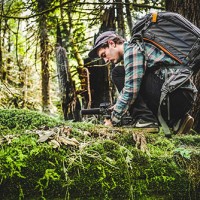Please note, this is not a technical review - this is a review on the Sony FS5’s use within a 'run and gun' documentary travel film. I am in no way connected to Sony.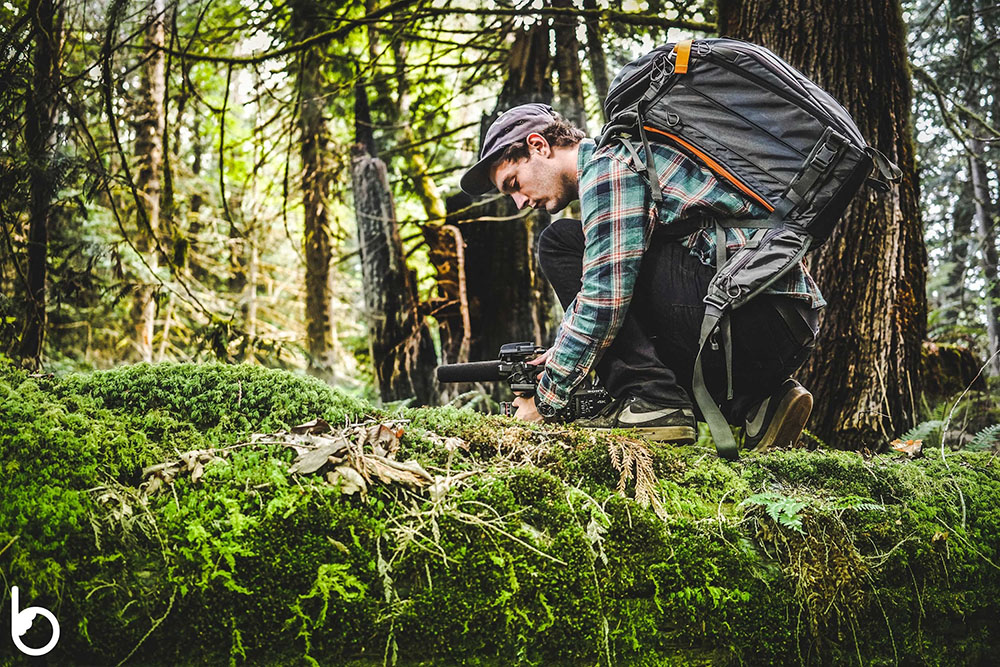
I’m a producer, director and camera operator for Biscuit Bunker, producing solo documentary content for adventure travel company Momentum Adventure. Over the last 12 months I have been producing content for Momentum Adventure and their sponsors.
I have been very fortunate to be given the opportunity to shoot in some incredible places, letting me put various pieces of kit through its paces, from the extremes of the Arctic, to the heat of the Sahara Desert. I'm writing this as a review of the functionality of this kit rather than its technical ability as I’ve been asked a lot of times “What shall I bring to my shoot in X” and “Will my X hold up in this kind of weather?”.
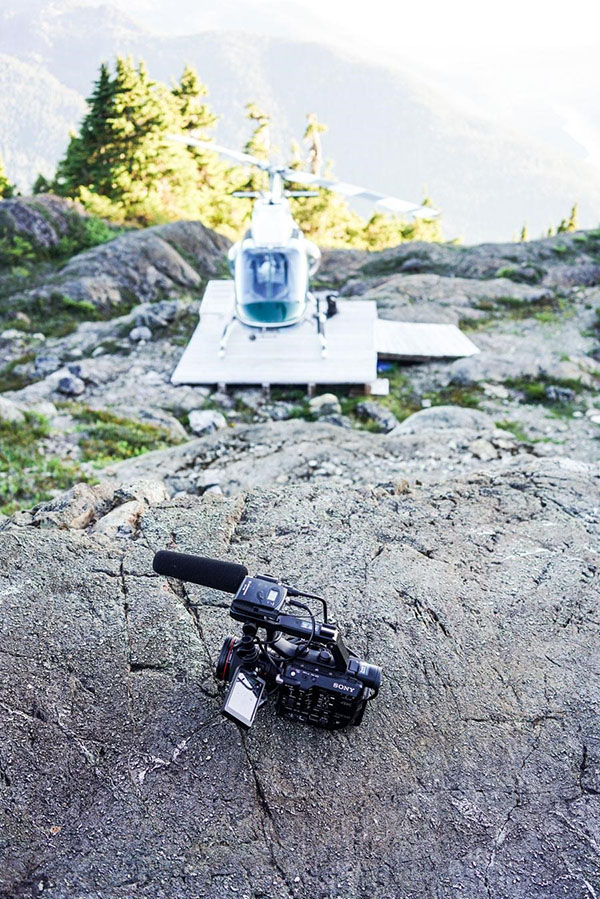
The nature of what I shoot means hiking for long periods of time and involves many different modes of transport - planes of all sizes, trains, cars, helicopters, boats - on some occasions this is all within the same day.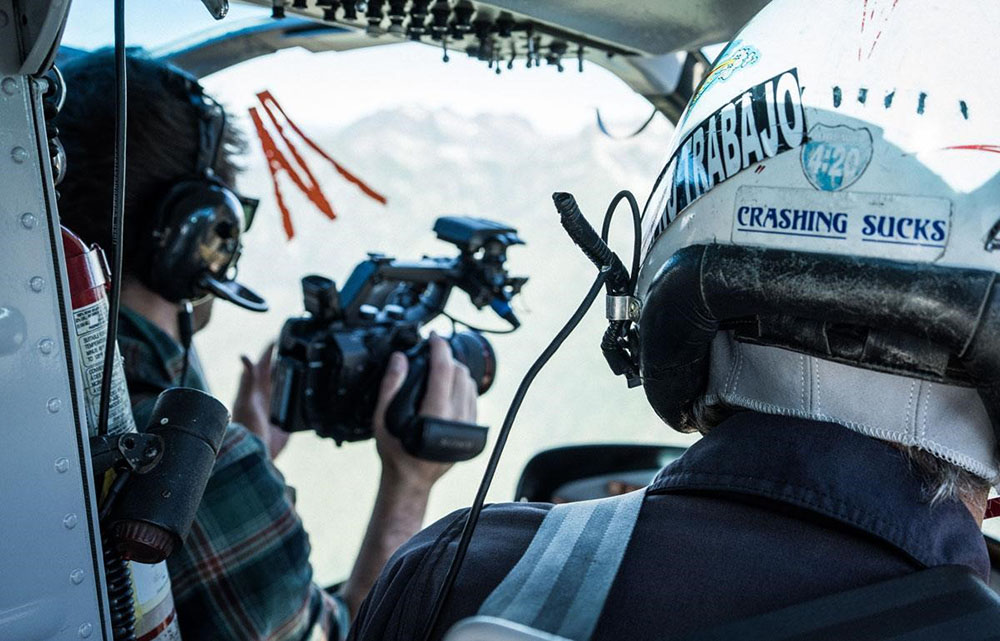
The kit I bring on these shoots needs to be lightweight, be pulled out at a moments notice and shooting within seconds - a lot of the things I will shoot I have only one opportunity to capture, so this means there is no room for error.
This isn’t a review of my whole documentary kit, but at some point this will be available on the Biscuit Bunker blog. This review is of the Sony FS5 and how I use it in these shooting conditions.
This review comes off the back of a recent documentary shoot in Canada.
Pros
- Portability
- Friendly form factor
- Screen positioning
- Slow motion
Cons
- Reflective screen
- Slow motion buffer
- Menu system
- Sensitivity of the view finder
How I used the camera...
This camera is the first camera I have used for adventure filming that I’d actually define as an ‘all rounder’ - I usually hate the term, but it fits this camera nicely. I favoured it for its variable NDs, slow motion (240fps at 1080p), form factor and customisation.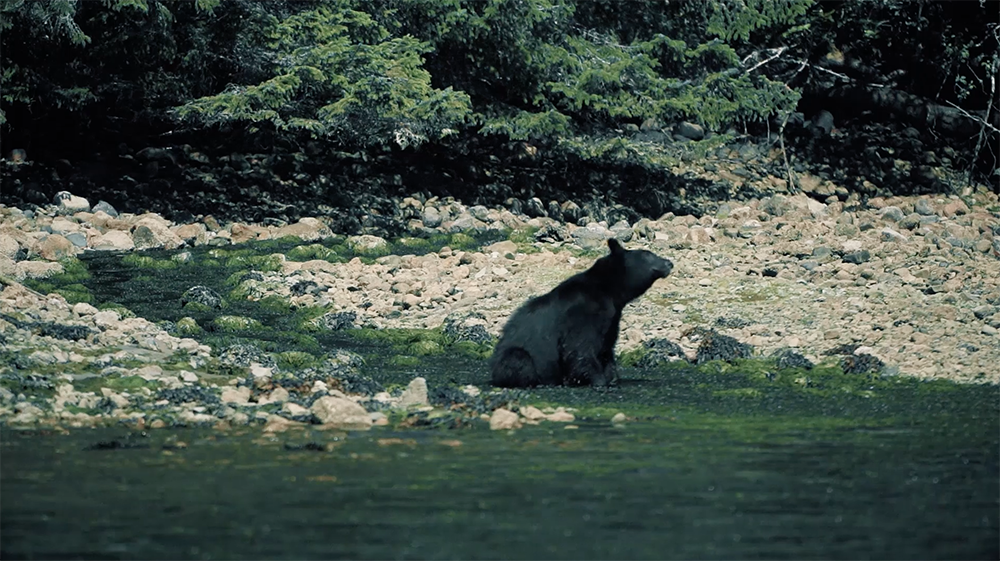
Form factor / Customisation
Pros
- Rotating ’Smart Grip' handle
- Screen positioning
- Handle on top
The biggest benefit of this camera to me was its size and portability. It’s seriously tiny! It can be mounted on a Ronin-M with ease, it fits inside my LowePro Whistler 450 BP along with a few lenses.
The handle is really useful: for those who never want to take their hand out of the strap, you can easily hit a button, twist the handle and lock it into a position you need to grab the shot.
The screen positioning is great, I usually have it mounted from the handle on top, angled to the left - it folds away relatively easy to limit its width and drops straight into the back of my backpack again if I need my hands free.
Cons
I have to say, the pros definitely outweigh the cons of the FS5 - but with any camera that has great benefits there are always some downsides.
The screen is too reflective. It’s totally unusable in direct sunlight, whether it’s hitting the camera screen or you - you won’t be able to see anything. Grab yourself an anti-glare cover - this one works great.
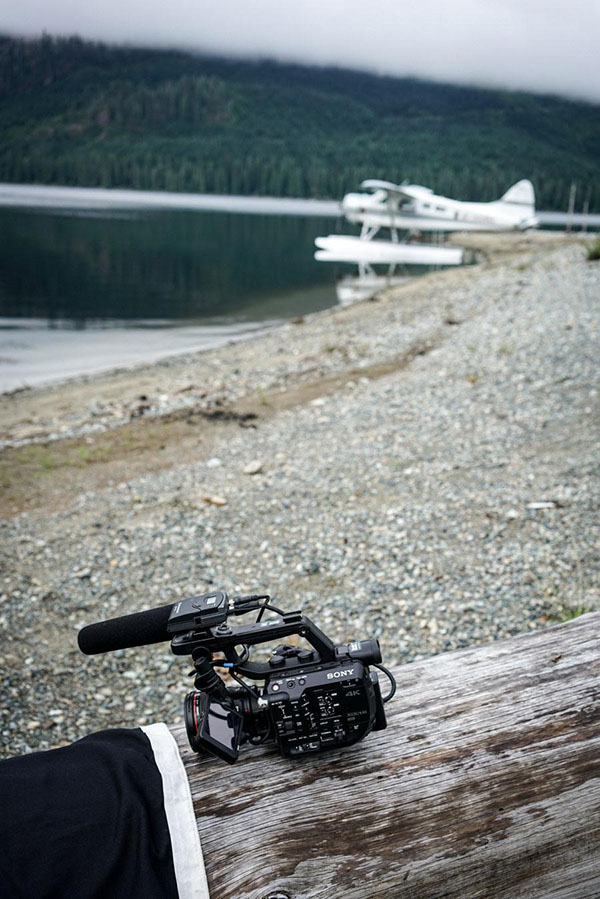
The slow motion buffer is a bit of a pain. I hate to be forced into making decisions to keep or scrap a shot. A lot of times there’s something else I want to capture but can’t because I’m waiting for it to buffer - I find myself sometimes hitting CANCEL on the buffer in favour of capturing the next shot.
To S-Log or not to S-Log
This was a tough one I was battling with thought my shoot, but after day one had to settle with my choice for consistency.
Shots that were in direct sunlight I would use S-Log2, I found S-Log3 produced a lot of grain in the shadows and with that I was shooting in direct sunlight then shadow and back again, I decided to stick to S-Log2 to be safe.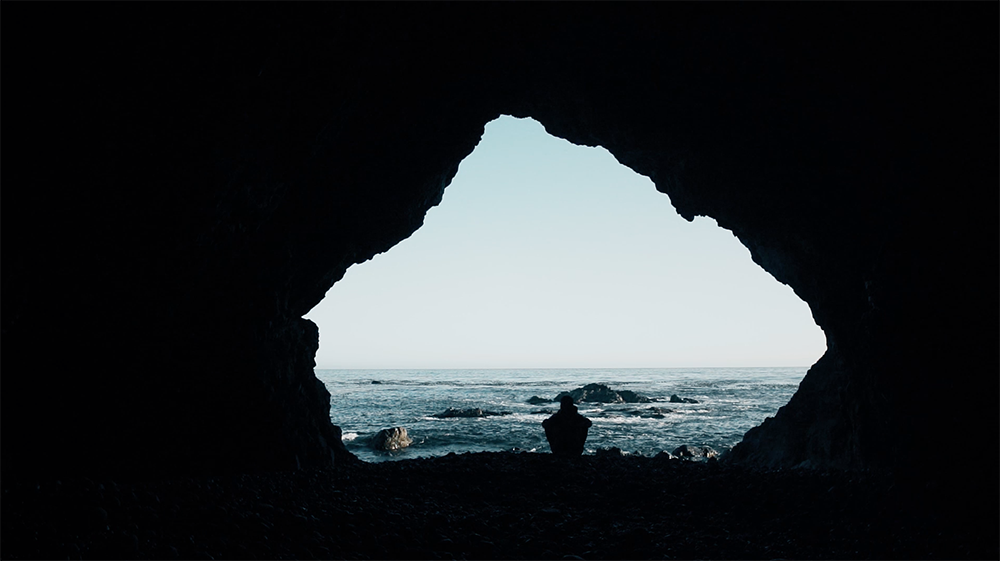
For low light situations I'd switch the camera into PP6 - Gamma: Cine2 - I found this produced great results in low light, far better than the S-Log I had been using previously, so when shooting in low light situations (i.e at night / in forests), I would favour this setting above all.
I shot most of my recent trip to Canada in 1080p to utilise the 10bit, I’d opt for 4k if I was less than 85% sure that the shot I’d get wasn’t close enough.
Anyway, thanks again to The Kit Room for the kit hire - these guys are my favoured kit hire company, simple, professional and above all fun to work with!
Tom Neish is a producer, director and camera operator for Biscuit Bunker - A video production company based London.
